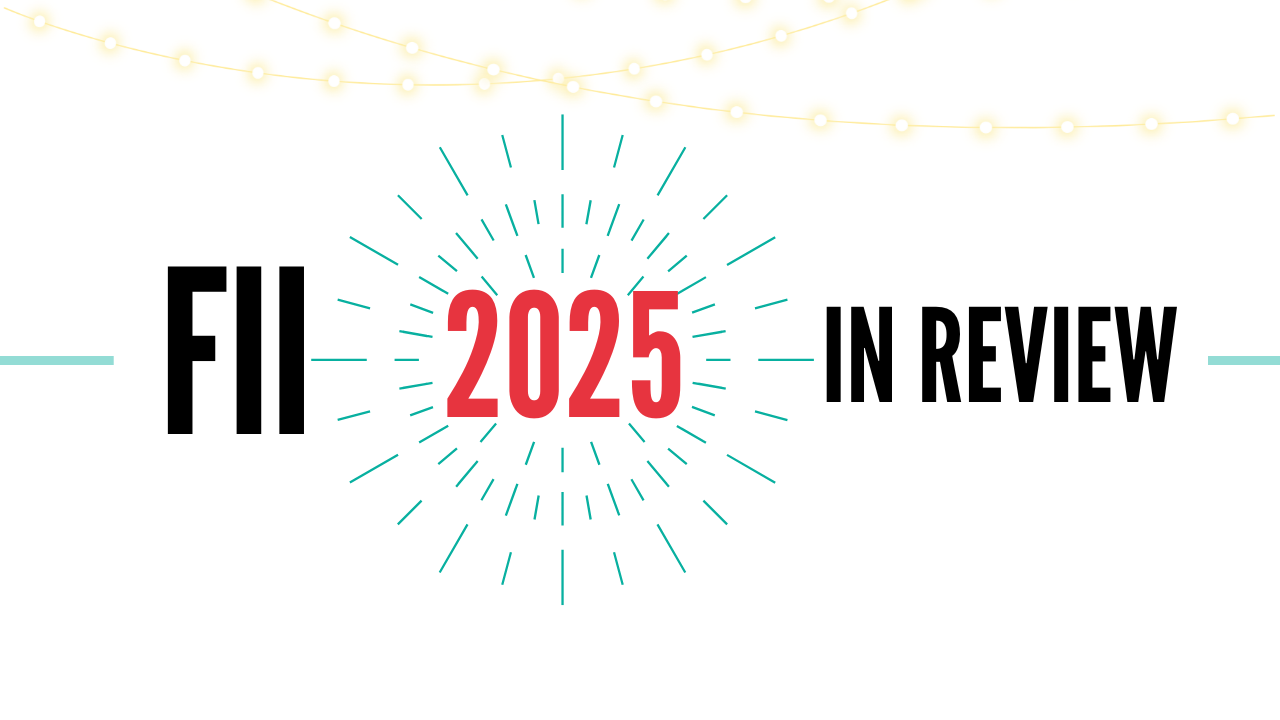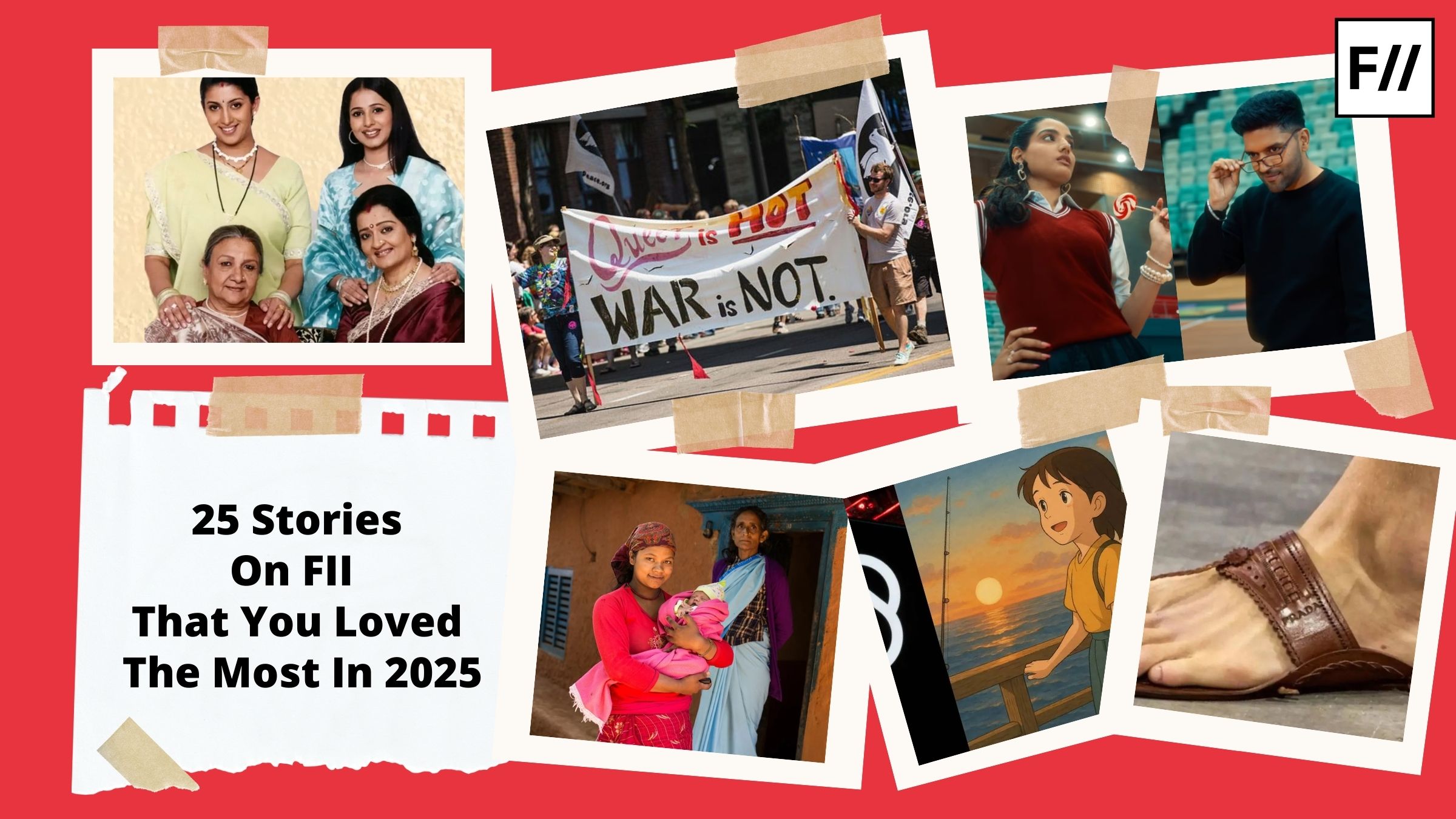On July 4, 2019, Feminism in India launched the #GBVinMedia toolkit – a media ethics toolkit for journalists and media professionals to report gender-based violence (GBV) more sensitively. You can find the entire toolkit free for download here.
Over thirty journalists, gender experts and media students assembled on Thursday evening to hear about the launch of the toolkit and discuss how they could join the #GBVinMedia movement to push gender-sensitive journalism forward.

The event kicked off with an introduction by Japleen Pasricha, the Founder-Director of Feminism in India, speaking about FII as a platform, and the origins of the #GBVinMedia campaign, back in 2016. The campaign had begun as a series of articles that aimed to document insensitive media reportage of gender-based violence. However, the topic had a lot of scope, which led to the genesis of the #GBVinMedia toolkit. Japleen then invited the FII Campaign Manager and lead researcher of the toolkit, Asmita Ghosh, on stage to talk about the toolkit itself.

We dived headfirst into the event by talking about the sheer scale of reportage of gender-based violence (GBV) in the media. Although GBV reportage is plentiful, not all of it is ethically reported, keeping the survivor in mind. A feminist understanding of GBV as a systemic and widespread issue, and not as isolated and scattered incidents, would inform a more sensitive reportage of GBV.
Asmita started off by explaining the difference between thematic and episodic styles of reportage. An episodic style of reportage, which is the overwhelming narrative frame that GBV reportage takes in Indian media, views each incident of GBV as isolated, scattered incidents, that does not embed it in the larger context of gender-based violence. A thematic framing of the same issue would contextualise an incident within the systemic framework of GBV and patriarchal violence as a whole, allows the audience to understand that it is not individual incidents or people that need change, but an entire societal and systemic upheaval of the way we view and treat women and girls.


It is also imperative, Asmita argued, to not treat gender-based violence as a phenomenon that affects all women in the same way. Different social groups experience GBV in different ways – this is the feminist understanding of oppression called intersectionality. Therefore, it is necessary to highlight patterns of systemic violence that occurs across intersections of caste, class, disability, gender identity, sexual identity or religion. Highlighting the social positions of the perpetrator and the victim then, when a member of a dominant community sexually abuses a member of a marginalized community, is a good way to highlight these systemic patterns of oppression.
From here, the presentation dived into the nitty gritties of language. How can we construct a media report that does not place the blame of the crime on the survivor? Asmita spoke about the presence of victim-blaming language in media reports, that chose to highlight unnecessary details about the survivor’s personal life and relationships that might be used by media readers to blame her for the violence. Similarly, by framing the word ‘rape’ in single quotes, or focusing on the perpetrator’s strong social standing, one could imply that the survivor was lying about the incident of violence – falling back on the pernicious myth that most cases of sexual violence are cases of revenge or deceit.


Media reports of gender-based violence also tend to focus on the survivor – so much so that the perpetrator is often missing from the headlines. This reiterates the view of gender-based violence being solely a “woman’s problem”, and absolves the perpetrator of blame. Survivors of gender-based violence are painted as the forever damsels-in-distress with stock imagery of helpless, scared women shrinking away from looming, predatory hands used in most articles reporting gender-based violence. Asmita recommended that images of strength and resilience be used instead when reporting these stories, such as images of protests or women saying ‘no!’, in order to breed a portrayal of survivors as strong, instead of weak and helpless.
After the talk came a collective collaborative effort between the audience and the FII team on how we could push the movement for gender-sensitive journalism forward. Several journalists and gender experts put forth their views on the toolkit and how it could be adapted into their work, and some people offered differences of opinion on certain sections of the toolkit. After a constructive discussion, not just between the FII team and the audience, but between audience members themselves, we came away with several great ideas on how to carry forward the work put into this toolkit.


If you wish to collaborate or discuss this toolkit, don’t hesitate to send an email to asmita@feminisminindia.com! To view all the photos of the launch event, check out the Facebook album here.
About the author(s)
Feminism In India is an award-winning digital intersectional feminist media organisation to learn, educate and develop a feminist sensibility and unravel the F-word among the youth in India.




